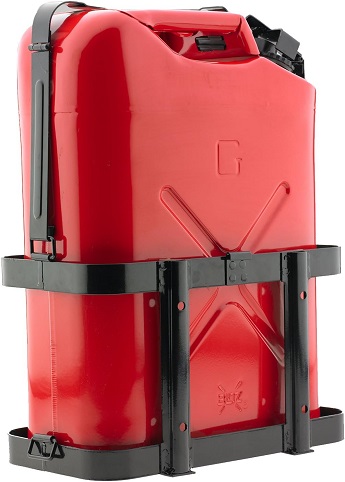Best Oil for Classic Cars
Article by Mark Trotta
In several important ways, classic car engines are different than modern car engines. They are lower revving, they have larger metal-to-metal tolerances, and often have cork or rope seals. They also require more anti-wear additives to prevent premature wear.
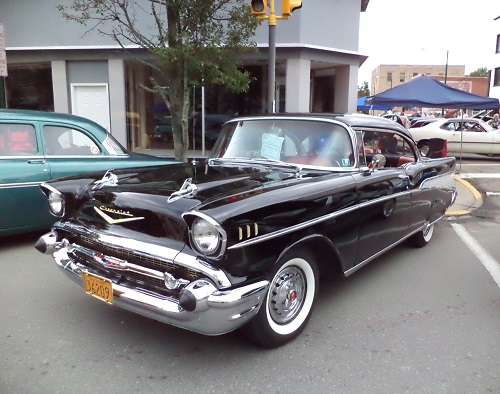
For these reasons, the best oil for classic cars requires a little more thought than just grabbing your favorite brand off the parts-store shelf.
Most pre-mid 70's engines have a pushrod-operated valvetrain driven by a flat-tappet camshaft. In order to prevent premature cam and lifter wear, there must be an adequate amount of anti-wear additives. This was not a problem 30 or 40 years ago, but for environmental reasons, the quantity of an additive called ZDDP has been reduced significantly in modern oils.
********************
What Is ZDDP?
Zinc Dialkyl Dithiophosphate, or ZDDP, is a zinc-based anti-wear additive that effectively helps lubricate engines. It's physical and functional properties make it ideal for use in oils and greases to help control oxidation and corrosion.
The ZDDP content was lowered in conventional motor oil to prevent the possible fouling of the catalytic converters. Apparently, the zinc and phosphates contained in it coats the active substrate in converters, which may contaminate it and decrease its life expectancy.
All major oil manufacturers, in order to comply with the EPA, have followed the American Petroleum Institute's (API) guidelines and lowered their zinc content.
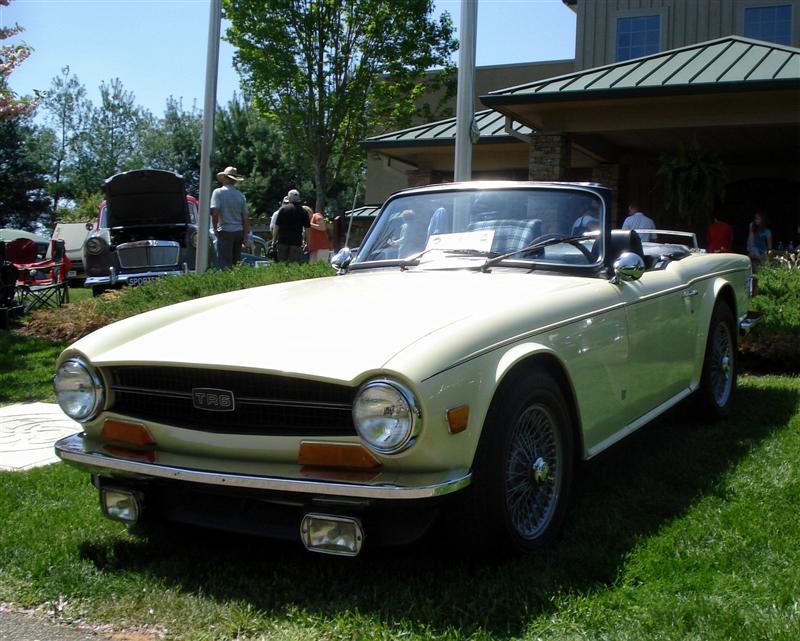
Levels for ZDDP in oils used to be 1,200 to 1,400 parts-per-million (ppm). Since the early nineties, manufacturers have been reducing this number. The latest automotive oils, rated API-SN, are around 800-900 ppm.
Late-model engines with roller camshafts have considerably less camshaft lobe friction, so they don't require high levels of zinc.
Without the correct amount of ZDDP, older, push rod-style motors will wear prematurely. The damage may not happen overnight, but over months and years, the lack of protection will prematurely wear cams, lifters, and other internal parts.
***************
High Zinc Oil For Classic Cars
Today, many of the well-known companies, as well as a few smaller companies, are offering oils formulated for vintage and classic cars. They offer a good balance of ZDDP, detergent levels, and corrosion inhibitors.
********************
Castrol
Castrol offers a line of retro oils which is recommended for pre-1980 cars without catalytic converters. Their multi-grade 20W-50 is formulated with high-quality mineral oils, plus selected additives for older engines.
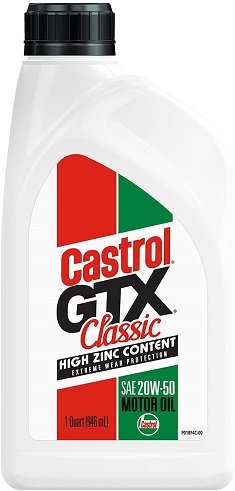
Also in the "Castrol Classic" line is a straight 30 weight (30W) for pre-1950 vintage vehicles. This mono-grade oil can also be used in many types of manual gearboxes.
********************
Lucas
Lucas Hot Rod and Classic Car motor oil is designed for use in all classic cars, sports cars, and muscle cars without catalytic converters. It is also suitable for racing applications. It is not recommended for late-model passenger car use.
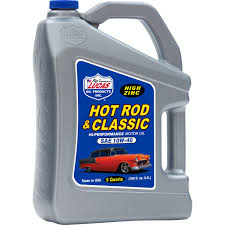
Also available is Lucas 20W50 For Classic Cars.
Can I Use Diesel Oil In My Gasoline Engine?
Diesel oils generally have a high ZDDP content (around 1,000 ppm), but they also have high levels of detergents. Too much detergent in a gasoline motor could do more harm than good.
***************
Race Oils
Race oils, with 1,200 ppm, offer a good balance of ZDDP and detergents, but lack anti-corrosion additives. These corrosion inhibitors protect engines from damage whether they're running or in storage. Since most classic cars do a lot of sitting and relatively little driving, keeping internal corrosion to a minimum is crucial to engine longevity.
Valvoline VR1
Because of it's high zinc content, Valvoline VR1 racing oil is great for high performance engines with flat tappet camshafts. The silver container is conventional oil and has about 1400 ppm ZDDP. The black container is full synthetic and has about 1200 ppm ZDDP.
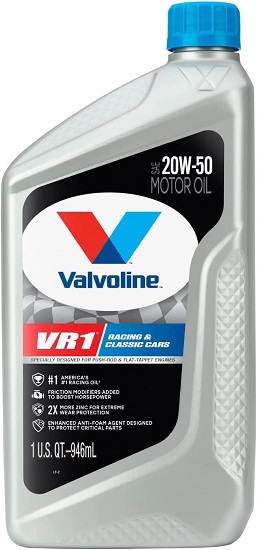
********************
Driven Motor Oil
Driven HR-2 Racing Oil is another good choice for classic engines with flat tappet cams. It's got a high amount of rust inhibitors, which will provide corrosion protection for engines that may sit for weeks or longer. Also recommended for use in mild to moderate performance engines.
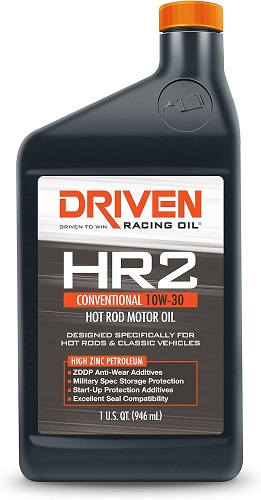
********************
PennGrade 1 (Brad Penn)
There are a number of suitable oils for classic and vintage cars, and many enthusiasts will argue that PennGrade 1 is the best. It is a high-end, conventional/synthetic racing oil blend with ZDDP.
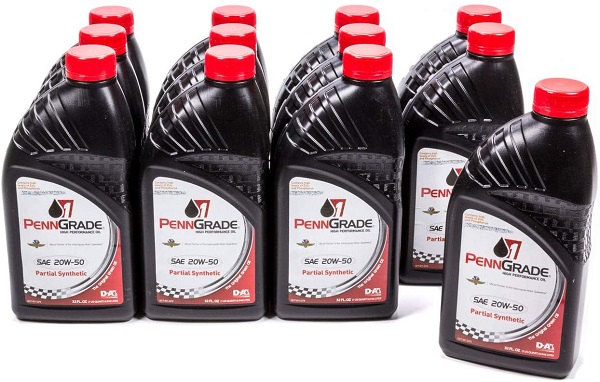
In 2015, D-A Lubricant Company, Inc. acquired the Brad Penn division from ARG and changed the name to PennGrade 1. The current formulation is based on the original formulation of Kendall GT-1 back in the sixties, although improved with synthetic additives.
There are three grades available; 10W30, 10W40, and 20W50.
When pouring, you'll smile at the nostalgic dark green hue.
***************
Engine Break-In
During the break-in period of a freshly rebuilt engine, lack of proper lubrication can be fatal to internal parts, especially camshaft and lifters. After rebuilding an older engine, either add a ZDDP supplement or use a racing oil, which has a higher level of phosphorous in it. After the engine break-in period you can go away from the racing oil if you like.
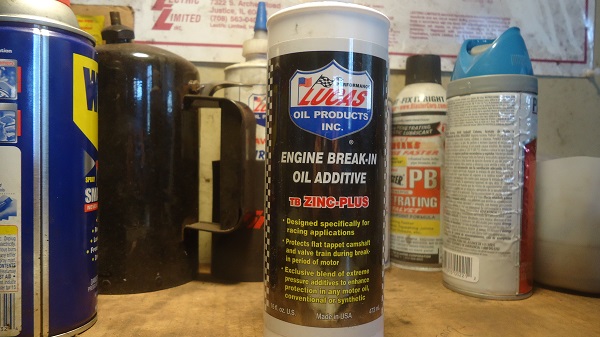
Most engine and engine component manufacturers recommend a zinc and phosphorus content of more than 1,200 PPM for break-in, and most will void warranties if this minimum is not found in the oil sample you supply when returning broken parts for warranty.
********************
ZDDP Additives
If you are unsure about what is the best oil for your old car, you can continue what you've been using and add a ZDDP additive to it. Whatever conventional brand you buy off the parts store shelf (Castrol GTX, Valvoline, Pennzoil), add the correct amount of Zinc additive to help protect your engine.
Dozens of companies, including Lucas, Edelbrock, Rislone, and ZDDPlus, sell ZDDP additives. Usually, a single four-ounce bottle is added to a five-quart oil change, restoring the proper amount of ZDDP needed to prevent increased wear.
Rislone ZDDP engine oil supplement will boost zinc and phosphorus levels to 1600-1800 ppm.
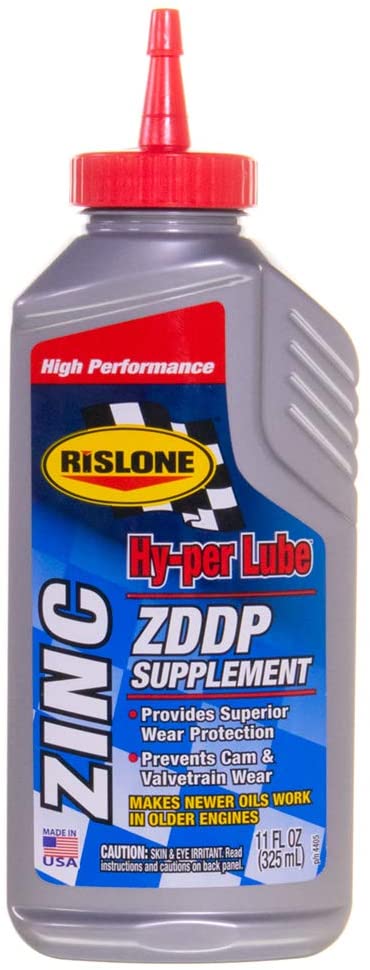
Be aware that more is not always better. Too much ZDDP can also cause premature wear. Always refer to the manufacturers specs and measure correctly.
********************
What Weight Oil Is Best?
When choosing the best oil for classic cars, the question of viscosity (thickness) always comes up. Since engine start-up is where most wear occurs, the obvious answer is to use the lightest weight oil available (example: 5W30). If you live in a very hot climate, use the second-lightest weight (example: 10W30).
********************
Are Synthetic Oils Worth the Extra Money?
Some people sleep easier knowing they've bought the "best" and "most expensive". Amsoil 10W40 AMO gives all the benefits of synthetic oils and contains ZDDP anti-wear agents. However, it is significantly higher in price of the conventional motor oils. Whether it's worth it is up to you, but first consider the blow-by and loose tolerances of older engines. It's probably more cost-effective to use a cheaper brand and change it regularly.
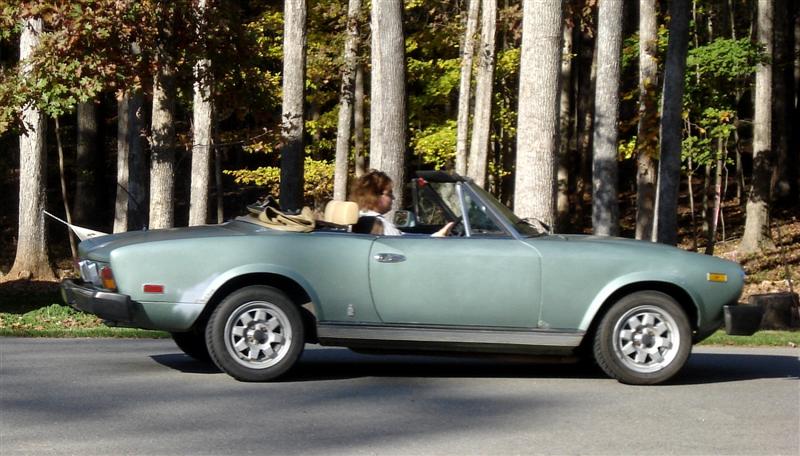
********************
Final Thoughts
The best choice for giving your engine the correct amount of phosphorous and zinc anti-wear additives it needs are motor oils with high ZDDP content already in them (between 1,200-1,400 ppm).
********************
Can I Use Classic Car Oil In My Daily Driver?
Oils such as Lucas Hot Rod Oil are made for vintage and classic cars with flat-tappet push rod engines and no catalytic converter. Because of it's high zinc phosphate content, if added to a modern engine, it will likely damage the converter.
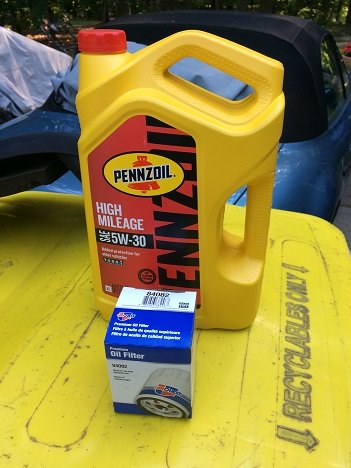
Read: Best Oil For Daily Driver
********************
Related Articles:
Best Old Cars To Restore
Best Old Trucks To Restore
